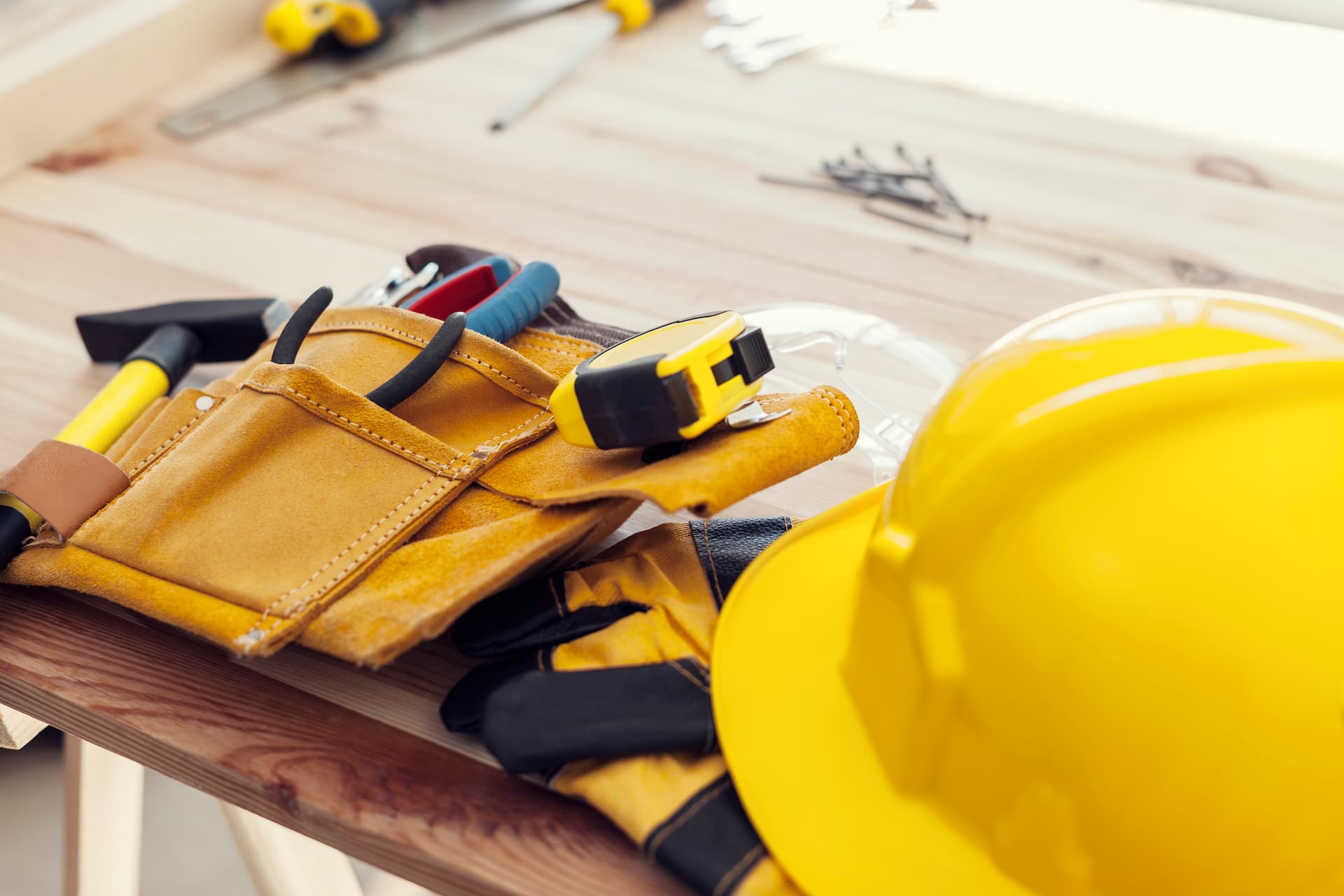Safety authorities say trenches pose some of the most significant risk of injuries on construction sites nationwide, including in Georgia. That is why they have a National Trench Safety Stand Down in June of every year. With a myriad of construction projects scheduled for the summer months, more workers will need reminding that a collapsing trench wall could cause death in the blink of an eye.
Can you imagine bearing the weight of a small pickup truck or a car? That is the weight of the soil that could bury you if you were in a trench when a wall caves in. You might not realize it, but it can suffocate you within minutes, and there is little chance of survival.
Your employer’s responsibility
Be careful not to lose sight of the fact that even shallow trenches are hazardous. If you gain knowledge of the dangers they pose along with the safety standards of the Occupational Safety and Health Administration, you will know what should be expected from your employer. He or she is responsible for your safety, and you have the right to refuse to enter unprotected excavations.
Is there a designated, competent person on site?
OSHA regulations mandate that every construction site with excavations must have an appointed competent person who is adequately trained and responsible for identifying potential, predictable, and existing hazards in working conditions and surroundings. He or she must have the authority to take the necessary steps to eliminate or correct potential dangers.
Soil analysis and protective systems
The competent person’s most significant responsibility is to analyze the soil and determine which type of protective system to use. The classification of the soil type will determine the method of protection to apply to the trench — with solid rock being the only type that needs no protection. Based on the classification of the soil, the following protection options exist:
- Sloping: This involves cutting the walls of the trench back at predetermined angles away from the excavation.
- Benching: Along with sloping, benching includes shaping the incline in a series of horizontal levels or steps.
- Shoring: Shoring requires the installation of timber or aluminum hydraulic supports to prevent soil movement.
- Shielding: This involves placing steel or aluminum trench boxes in the excavation to withstand any cave-in force.
Additional potential dangers and safety measures
The following potential hazards and safety precautions should always be addressed before and during working hours by a competent person, but looking out for them yourself might prove invaluable to your well-being and safety:
- Fall protection: Guardrails and barricades must be in place to prevent you or any equipment you carry from falling into the trench when you walk around it or have to cross it.
- Adjacent structures and surface objects: You will typically need to remove or support nearby buildings, sidewalks, streets, fire hydrants, trees, telephone poles, and other objects close to the excavation.
- Vehicular and mobile equipment: Barricades, signals, signs, flagmen, or other warning systems must be in place, and you should always wear reflective clothing.
- Falling objects: No suspended loads must be overhead, and at least two feet of clearance around the trench edges is crucial.
- Underground utilities and water accumulation: Identification and marking of gas, electric, telephone, water, and sewer lines are vital to preventing accidental strikes, and accumulated water can compromise soil stability.
- Hazardous atmospheres: Atmospheric testing is critical to protecting you from too much or too little oxygen or toxic gasses that might be present.
- Access and egress: A ladder or other means of entry and exit should be in place no more than 25 feet away from any worker in any trench that is deeper than four feet.
With all these safety measures in place, you will significantly reduce, if not eliminate, the risk of being buried in a trench. However, if you suffer any trench-related injuries on the construction site, you might find comfort in knowing that the Georgia workers’ compensation insurance system provides benefits for injured workers. You can even utilize the skills of an experienced Georgia workers’ comp attorney to assist with the benefits claims process. The compensation typically covers medical expenses and lost wages.
The Critical Role of Construction Injury Attorneys
In the realm of construction injuries, the expertise of a construction injury attorney is paramount in championing the rights of those harmed on the job. These attorneys are essential in filing workers’ compensation claims, managing disputes, and appealing decisions, leveraging their deep legal knowledge to secure the benefits and reparations clients are rightfully owed. Their role extends to negotiating with insurers and taking legal action against any third parties whose negligence may have led to unsafe working conditions. The guidance and advocacy of a committed attorney are crucial in safeguarding your interests and achieving a just outcome in your case.
Selecting an Ideal Legal Advocate for Your Workers’ Comp Claim
The choice of attorney is a decisive factor in the success of your workers’ compensation or personal injury claim. It’s important to partner with a legal firm that not only has a strong history of success in construction accident litigation but also possesses a thorough understanding of construction-related workers’ compensation laws and a dedication to providing personalized and empathetic service to their clients. An ideal legal advocate will diligently investigate your accident, compile robust evidence, and build a persuasive argument on your behalf, ensuring you are well informed and involved at every stage of your case.
Enhancing Your Compensation and Path to Recovery
Workers’ compensation is just the beginning for many injured construction workers seeking justice. When injuries result from the negligence of third parties, such as subcontractors or product manufacturers, the possibility of filing a personal injury lawsuit opens up. Pursuing such legal avenues can lead to compensation for aspects not typically covered by workers’ compensation, like emotional distress and reduced future earning potential. A skilled construction injury attorney will thoroughly assess every facet of your situation to uncover every potential source of compensation, guaranteeing you the fullest possible restitution for your suffering.



